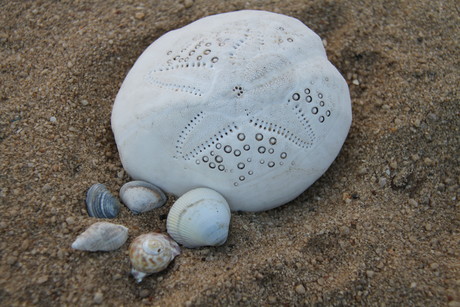Protective capsule inspired by seashells

Scientists from CSIRO, The University of Adelaide and the Australian Synchrotron have developed a protective capsule which is said to preserve the active biological ingredients needed to create new drugs. The team was inspired by biomineralisation - the process by which organisms such as sea urchins produce minerals to harden or stiffen existing tissues.
CSIRO lead researcher Dr Kang Liang explained that living organisms are made up of fragile proteins whose function “alters or perishes when exposed to heat, pressure and pollutants”. Just as a sea urchin’s outer shell supports and protects its fragile body, he said, “we’ve come up with a porous shell that grows around important proteins such as enzymes to protect them on the inside”.
Writing in the journal Nature Communications, the researchers said they have provided “unprecedented protection of biomacromolecules by encapsulating them within a class of porous materials termed metal-organic frameworks” (MOFs). These extremely porous materials have a flexible and customisable cage-like structure, with tiny, pore-like holes which are “designed to capture, trap or release specific biomolecules”, according to Dr Liang.

The researchers revealed that macromolecules protected under their method were stable under conditions that would normally result in their decomposition. “For example, urease and horseradish peroxidase protected within a metal-organic framework shell are found to retain bioactivity after being treated at 80°C and boiled in dimethylformamide (153°C), respectively,” they said.
The new shell could therefore hold the key to cost-effectively preserving and extending the shelf life of vaccines in extreme temperatures without refrigeration, benefiting health care in developing countries. CSIRO research team leader Dr Paolo Falcaro said the shell could “protect a vaccine vial for only a few dollars and, at a commercial scale, we would work to make it even cheaper”.
Dr Falcaro said the researchers are now seeking industry partners to develop the technology for applications including pharmaceuticals, manufacturing, chemical and food processing, water decontamination and screening for genetic disease. It could also lead to improved consumer products; for example, shell-encapsulated enzymes in laundry powder would enhance the powder’s performance.
“Our shell offers a low-cost solution to protecting proteins for making and enhancing drugs and other products where sensitivity has long been an issue,” Dr Liang concluded.




